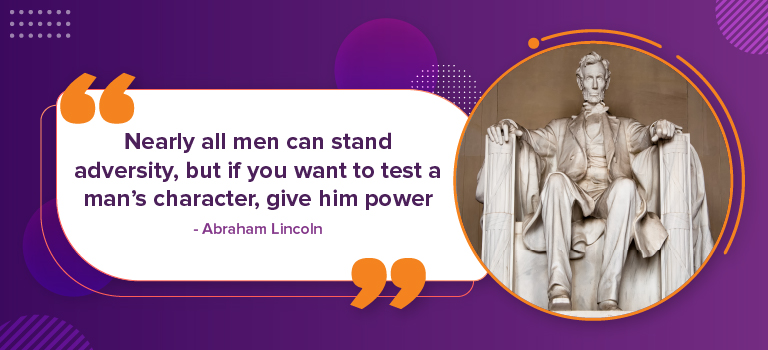
TABLE OF CONTENTS
1. IFSCA & CEEW 2. Pey Jal Survekshan 3. India - Second Largest Producer of Steel

1. IFSCA & CEEW
Syllabus – GS3, Environment – Conservation.
Prelims – IFSCA, CEEW
Context – IFSCA & CEEW sign MoU on sustainable finance.
Details
- The International Financial Services Centres Authority (IFSCA) and the Council on Energy, Environment and Water (CEEW) have signed a Memorandum of Understanding (MoU) for mutual assistance and cooperation in the area of sustainable finance.
- India has shown global leadership in climate action with the launch of LiFE (Lifestyle for Environment) – an India-led global movement to protect and conserve the environment. Also India’s G20 presidency with the theme “One earth, one family, one future” is in sync with India’s values and traditions of “Vasudhaiva Kutumbakam ”. Sustainability is a common thread that runs through both these endeavours.
- For sustainability, finance is a key enabler and it is estimated that India would require about USD 10 trillion to achieve net zero by 2070.
- For climate action, climate finance is of paramount importance. This MoU between IFSCA and CEEW will ensure cooperation on thorough research work and the development of regulations and instruments for sustainable finance in India and as a conduit to sustainable investment in other emerging economies.
About IFSCA –
- The International Financial Services Centres Authority (IFSCA) was established in 2020 under the International Financial Services Centres Authority Act, 2019. It is headquartered at GIFT City, Gandhinagar in Gujarat.
- The IFSCA is a unified authority for the development and regulation of financial products, financial services and financial institutions in the International Financial Services Centre (IFSC) in India.
- At present, the GIFT IFSC is the maiden international financial services centre in India.
About CEEW-
- It is one of Asia’s leading not-for-profit policy research institutions.
- In 2021, CEEW once again featured extensively across ten categories in the 2020 Global Go To Think Tank Index Report. The Council has also been consistently ranked among the world’s top climate change think tanks.
Syllabus – GS2, Issues relating to development and management of Social Sector/Services
Prelims – AMRUT, Pey Jal Survekshan
Context – Pey Jal Survekshan under AMRUT – 2.0.
Details –
- The Ministry of Housing and Urban Affairs (MoHUA) has begun the ground survey of Pey Jal Survekshan with a view to evaluating the quality and amount of water given to people.
- The assessment will be done on broad parameters – water utility services, sewer connections and used water utility services, the health of water bodies, non-revenue water estimation and best practices and innovation in supplying water to consumers. The survey will cover 485 cities across the country.
- Non-revenue water is the difference between the volume of water put into a water distribution system and the volume that is billed to customers.
- With the inclusion of the Citizen Perception Survey, a citizen-driven accountability system will be established.
- The Ministry has hired IPSOS, a non-governmental organisation, to carry out the poll.
- With regard to the Pey Jal Survekshan toolkit and website, the Ministry has held capacity-building workshops for all of the participating Urban Local Bodies (ULBs).
- Scores will be assigned to the cities and city-water report cards, reflecting each city’s water health, and these will be published. The outcome of the Survekshan will reflect the status of water security in the ULBs and will help in achieving Sustainable Development Goal (SDG) 6.
About Pey Jal Survekshan –
- Shri Hardeep Singh Puri, Minister of Housing and Urban Affairs, launched Pey Jal Survekshan under AMRUT 2.0 (Atal Mission for Rejuvenation and Urban Transformation) on September 9, 2022.
- The Atal Mission for Rejuvenation and Urban Transformation 2.0 (AMRUT 2.0) scheme was launched on 01 October, 2021 for the period of 05 years i.e. from the financial year 2021-22 to the financial year 2025-26.
- It will serve as a monitoring tool and an accelerator for the AMRUT mission and will also foster healthy competition among cities.
Read more about AMRUT in the link – AMRUT Scheme
3. India – Second Largest Producer of Steel
Syllabus – GS3, Economy; Mobilization of Resources, Growth & Development.
Prelims – National Steel Policy 2017, Green Steel.
Context – India aims to enhance steel production to 300 Million Tons by 2030.
Details –
- The first green steel brand ‘Kalyani FeRRESt’ was launched. On the occasion, Shri Jyotiraditya M. Scindia, the Union Minister of Steel and Civil Aviation emphasised the growing role of steel as the foundational force for the development of a nation. He urged the Indian steel industry to move towards green and low-carbon emitting production processes.
- India is the fifth-largest economy and the second-largest producer of steel in the world (the first being China). As per the National Steel Policy 2017, India aims to double the production of steel from the existing 154 MT to 300 MT by 2030. However, there is a need to strike a balance between the Steel Industry’s ambitious capacity enhancement targets and work towards Prime Minister Narendra Modi’s vision of achieving a net zero target by 2070.
- There is a need to decarbonise the steel industry by increasing the use of renewable energy, efficient raw materials (pellets and scraps), the best available technologies and green hydrogen.
- The industry needs to move from the fossil fuel-intensive BF-BOF (Blast Furnace – Basic Oxygen Furnace) route and Coal-based DRI-EAF/IF (Direct Reduced Iron-Electric Arc Furnace/Induction Furnace) to gas-based DRI-EAF to ensure a successful transition to green steel.
Read the previous PIB articles here.
December 21st, 2022, PIB:- Download PDF Here
| Related Links | |||
| LiFE Movement | PLI Scheme | ||
| Swachh Bharat Abhiyan | G20 | ||
| INS Vikramaditya | INS Vikrant | ||

Comments